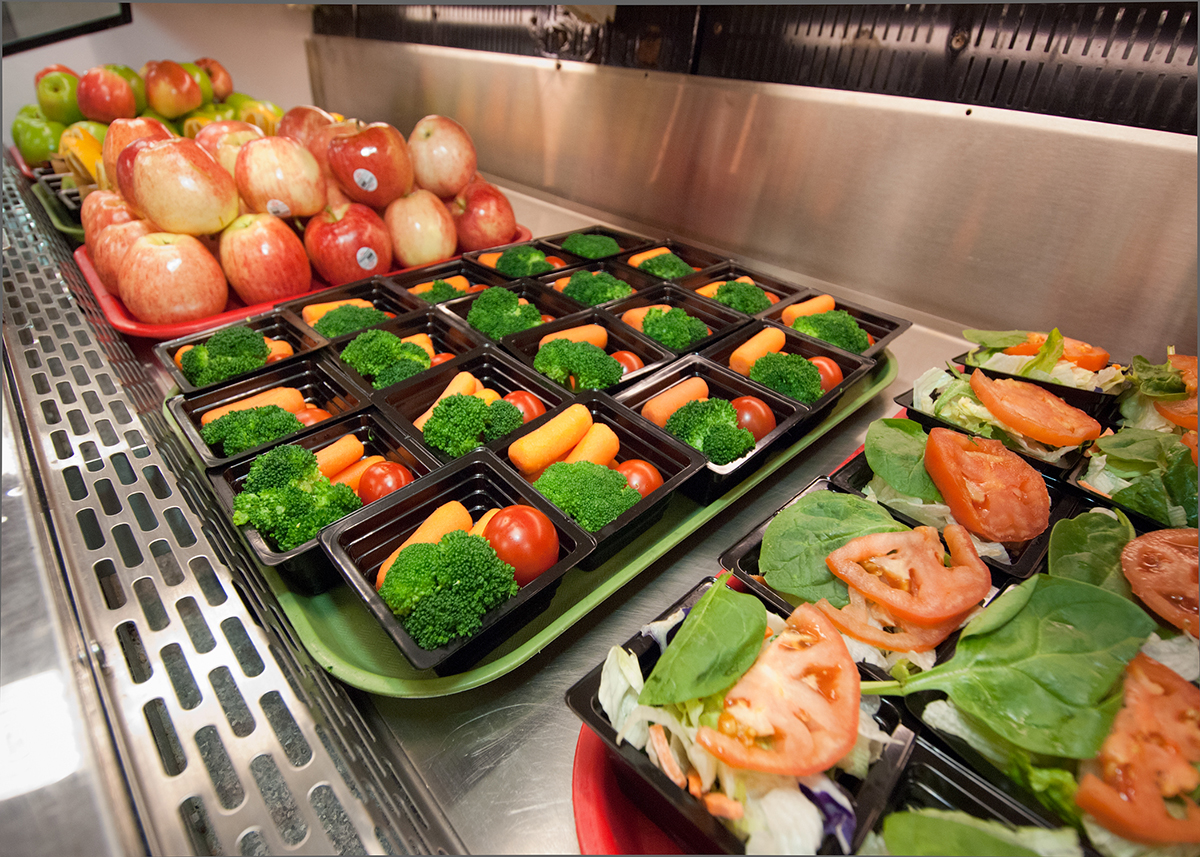Study Says Short School Lunch Breaks May Lead to Poor Nutrition

School lunch photo by U.S. Department of Agriculture via Flickr/Creative Commons
A new study says it’s not just what’s on kids’ trays that affects school lunch nutrition—how much time they’re given to eat it matters, too.
The research, done by the Harvard School of Public Health (HSPH) and published Friday in the Journal of the Academy of Nutrition and Dietetics, found that when children had lunch periods 20 minutes or shorter, they ate less of their entrées, milk, and vegetables than peers with longer lunches.
To reach that conclusion, they studied the food choices of 1,001 students in elementary and middle schools in a low-income school district in Massachusetts. They found that students with short lunch breaks ate 13 percent less of their entrées, 12 percent less of their vegetables, and 10 percent less of their milk, and were 13 percent less likely to select a fruit. They were also, logically, more likely to throw away uneaten food.
HSPH nutrition professor and study lead author Juliana Cohen said the issue is of special concern because many students depend on school lunches for a large part of their daily nutrition. “Many children, especially those from low-income families, rely on school meals for up to half their daily energy intake, so it is essential that we give students a sufficient amount of time to eat their lunches,” she said in a statement.
A silver lining, said senior author Eric Rimm in the statement, was that students didn’t seem to be avoiding the healthy parts of their meals—they just didn’t have time to eat it all:
“We were surprised by some of the results because I expected that with less time children may quickly eat their entrée and drink their milk but throw away all of their fruits and vegetables,” said Rimm. “Not so—we found they got a start on everything, but couldn’t come close to finishing with less time to eat.”
To combat the study’s findings, the researchers suggested that schools look into ways to maximize eating time, like cutting down on waiting in line, even if they can’t lengthen lunch periods altogether.


